How the Drag Queen Fashion Changed Across the Century
Some propaganda against LGBTQIA+ people tries to paint our existence as a trend.
This is not true, as we’ve been around for centuries.
And because of that, our culture has been evolving with time.
A good example is a gradual change in drag queen fashion.
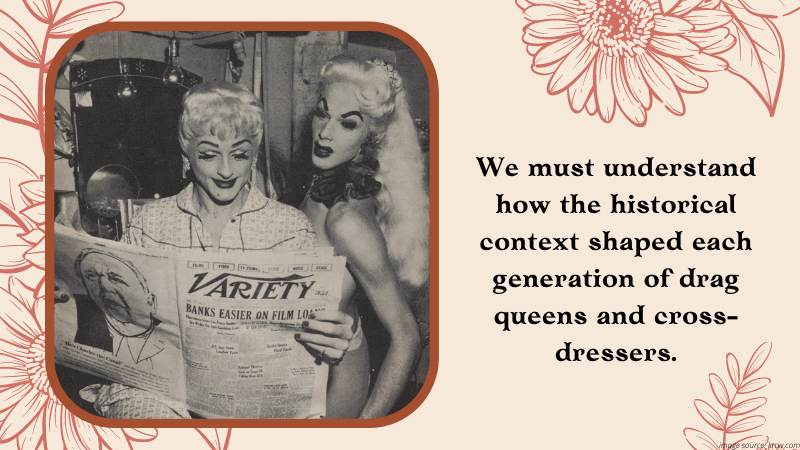
In the last century, it went from a search for passability to something bolder and unique.
We must understand how the historical context shaped each makeup style and fashion standards.
In this article, I’ll talk about each one of the last ten decades, explaining how and why things changed so much.
So make sure you read about them all.
1920
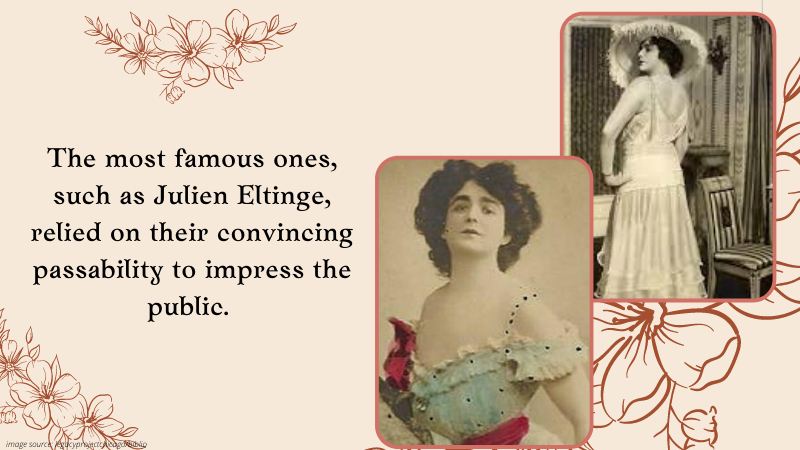
A century ago, right after the Great War (1914-1918), female impersonators were quite popular.
They used to make a lot of money by portraying women in comedy presentations or movies.
The most famous ones, such as Julien Eltinge, relied on their convincing passability to impress the public.
Cross-dressing techniques were just starting to be as effective as they are today, so passing as a woman was considered to be an amazing feat for a man.
In terms of fashion, dragons and impersonators would follow the standards of feminine clothing for the time, making it easier for them to pass.
A common gimmick was to use plumages and pearls, which were quite popular at the time.
Besides that, satin gloves and stockings helped them make their arms and legs look slender.
The makeup was simple, with tones varying between pale white and bright red.
1930
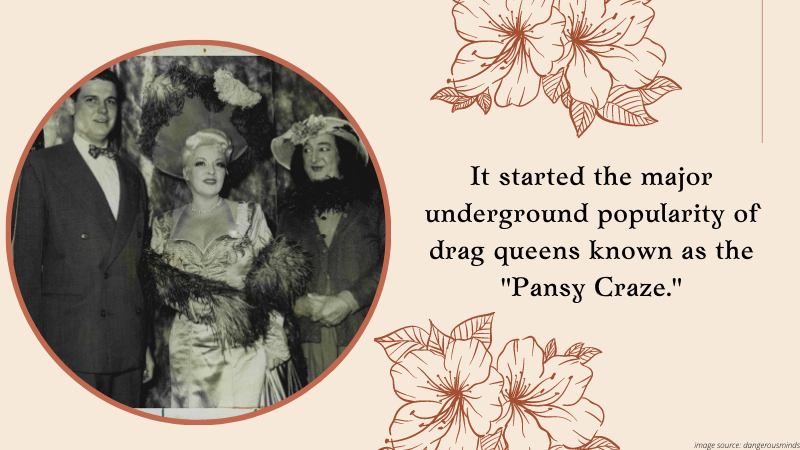
By the 1930s, cross-dressing and drag shows had become something less familiar.
Instead of the mainstream, it became more of an underground culture due to them being associated with homosexuality.
It started the major underground popularity of drag queens known as the “Pansy Craze.”
The crisis between both world wars made cross-dressing items more expensive as well.
But fashion kept being dictated by passability and women’s clothing standards.
It was, however, more aimed at a striking style, heavily inspired by gay culture icons such as Jean Malin.
By this time, pearls were being replaced by more elaborate jewelry, and fur coats became famous as a symbol of wealth.
Eye makeup became more elaborate, with mascara becoming quite popular.
1940
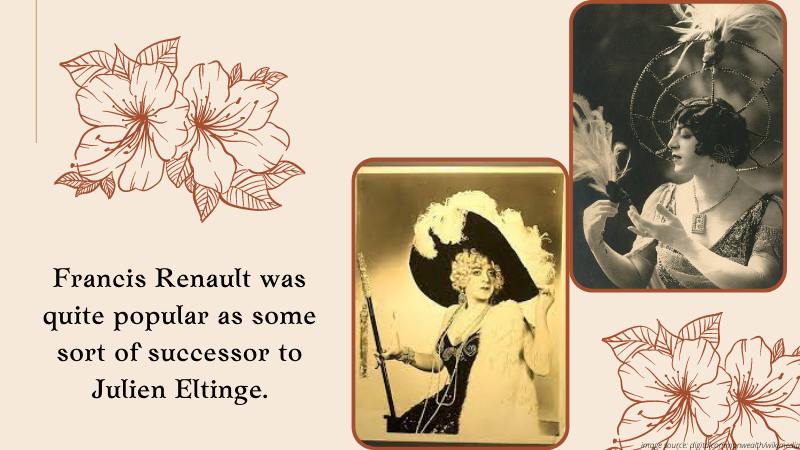
This decade was challenging for drag queens due to several prohibitionist laws in the US.
Such laws forbid cross-dressing in several states. Nonetheless, the shows continued and still had a great public.
By this time, dresses and skirts were shorter and more practical, and makeup techniques aimed at a more natural look.
They kept using pale tones but were now closer to their natural skin color, and eyeliner was more common.
1950
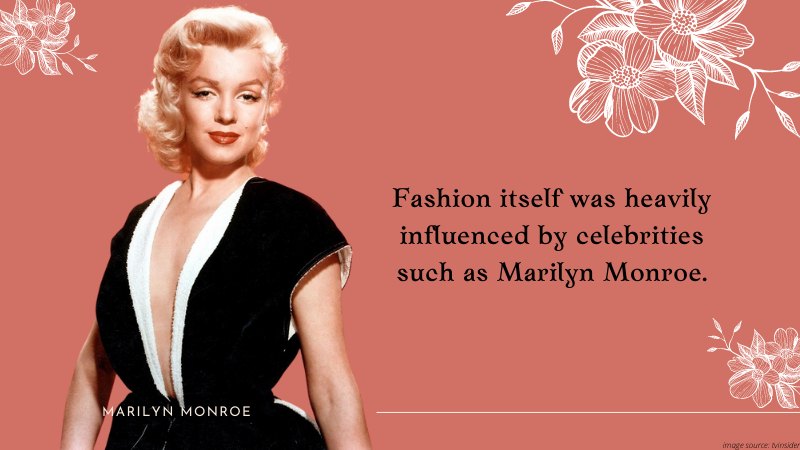
Still, on the underground, the 1950s weren’t so different from the 1940s.
Drag performances still occurred out of the mainstream, with a decent public.
However, it became more common for them to take part in musical performances and sing, as is the case of Lavern Cummings.
Fashion itself was heavily influenced by celebrities such as Marilyn Monroe.
As such, her iconic hairstyle and dresses were mimicked by many drag queens, as it was a symbol of femininity.
Bright red lipstick was more popular than ever among cross-dressers, and some tried to mimic fashionable dots on their faces as well.
1960
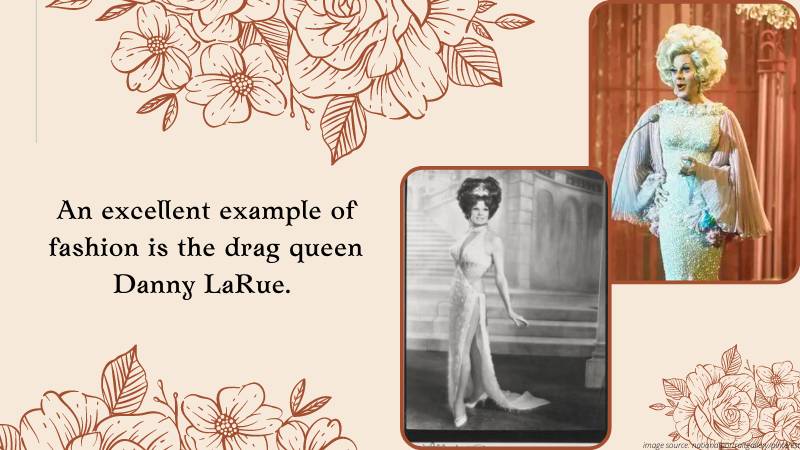
The sixties are remarked as the era of the Stonewall protests, where the LGBTQIA+ community fought for its rights.
This kind of movement made it possible for drag queens to host shows outside of the underground.
Mainstream culture was more open to them, and their popularity skyrocketed once again.
An excellent example of fashion is the drag queen Danny LaRue.
She wore exuberant wigs full of hair, and detailed makeup was also becoming more artistic, and dresses would soon reflect that.
Makeup standards saw some significant changes as well.
There was more focus on their eyebrows and fewer worries about contouring.
Most of the focus was on the hair and the rest of the outfit, with satin being quite popular.
By that time, gloves were still heavily incorporated in cross-dressing outfits, even though women didn’t use them that often.
1970
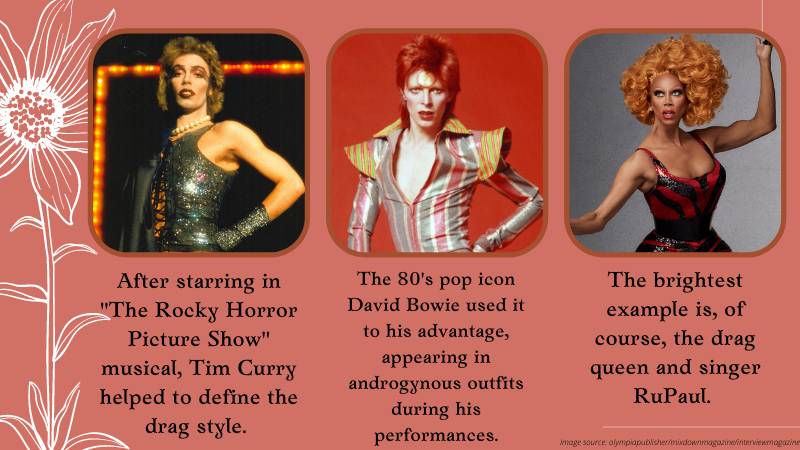
This decade saw many pop culture icons questioning gender normativeness.
After starring in “The Rocky Horror Picture Show” musical, Tim Curry helped to define the drag style.
We can see an example of this decade’s fashion in the drag queen called Divine.
It includes bold makeup with pronounced eyebrows and flashy colors.
As for their outfits, tones of red, purple, black, and yellow were quite common.
In a certain sense, it all matched the most used colors in pop culture at the time.
The clothes themselves were more daring, with subliminal sexual implications.
1980
Experimentation ruled over this decade. I mean that in terms of fashion, gender identity, and sexuality.
The arts, in general, became bolder and bolder, and many innovations appeared.
The 80’s pop icon David Bowie used it to his advantage, appearing in androgynous outfits during his performances.
As for hairstyles, many new trends appeared for both men and women.
And since drag is a form of art, it couldn’t help but reflect these trends.
The 80s also helped popularize corsets and leather outfits, generally in contrast with vibrant colors.
Makeup standards were still similar to those from the 70s, yet now darker tones of lipstick were used.
It was common, for example, to see drags with black, dark blue, or even dark purple lips.
1990
This is the post-Cold War era, in which economies were starting to recover, and the LGBTQIA+ agenda was now openly discussed.
It was also the root of many current trends for cross-dressers in general.
The brightest example is, of course, the drag queen and singer RuPaul.
Shiny glitter and shocking pink tones were popular among drags during this time.
That’s because these colors were associated with femininity, as we can see in products such as Barbie dolls.
It was also reflected in their makeup and wigs.
Another fashion feature of this decade is that drag makeup started to represent caricatures of femininity.
Instead of passability, the goal was to exaggerate their feminine features.
2000’s – Present
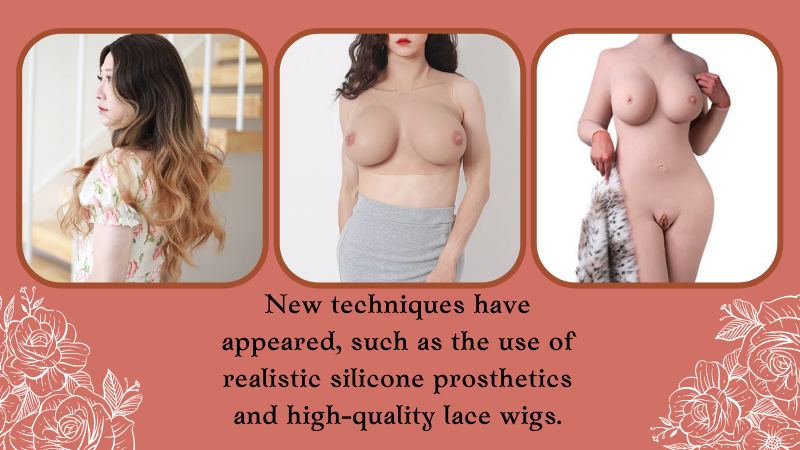
Recent years have been good for our community.
RuPaul’s Drag Race, a reality show hosted by the star, helped cross-dressing to become less of a taboo.
In most Western countries, cross-dressing is legal, and drag queens are no longer arrested.
New techniques have appeared, such as the use of realistic silicone prosthetics and high-quality lace wigs.
Makeup varies, but drags usually stick to exaggerated patterns since It helps them to draw more attention nowadays.
Makeup styles and fashion have changed little since the 90s, but this form of art has evolved.
Instead of a standard fashion, we now see many sub-genres of drag, each one with unique makeup styles and outfits.
Drag queens have been a thing since the ancient Greeks.
Although the term itself is recent, modern drags have over a century of history.
Our fashion tendencies used to reflect the circumstances of each decade.
But with time, drag queens have created a unique visual identity.
Our achievements include respect and the right to dress up the way we want.
History has led us to where we are now. It’s not a perfect situation, yet it’s better than the past in many aspects.
For now, we can keep doing our part as things keep progressing towards a bright future.
What do you think about the drag queen trajectory in recent years?
Tell us about it in the comments, and leave your impressions of this fantastic history!
Learn More:
How to Be a Successful Drag Queen
8 Most Influential Drag Queens
Drag Queen Tips: 6 Easy Ways to Improve Your Female Appearance
Quiz:
Which decade, in your opinion, was more important to have the best sense of fashion for drag queens?
Tagged With:Drag Queen Fashion , Drag Queen Outfits , History of Drag
- How to be a Trans Femboy Influencer in 2024
- 7 Easy Ways to Level Up Your Sexy Femboy Beauty Routine Instantly
- How to Make a Fake Pregnant Belly Look Real: Tips for Every Trimester
- Game On: Sporty Tips for Crossdressers Attending the 2024 Olympics
- How to Pose for Lewd Cosplay Photos for Crossdressers
- How to Explore Crossdresser Bondage Safely and Sensually
Established in 2009, We are a recognized manufacturer and seller of professional crossdressing products.
It is our aim to become not just the most creative manufacturer but also a very considerate seller, as we provide the best quality products for crossdressers all around the world.
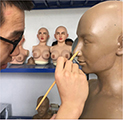
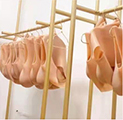







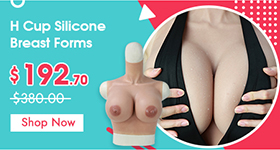
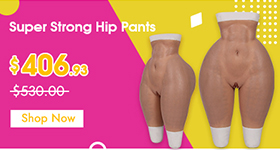

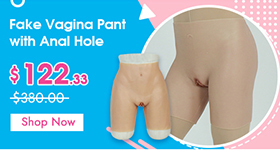

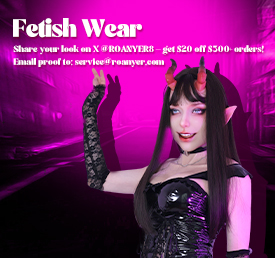

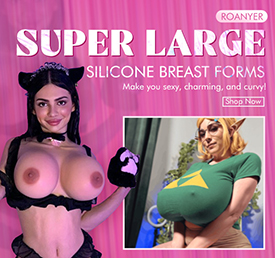
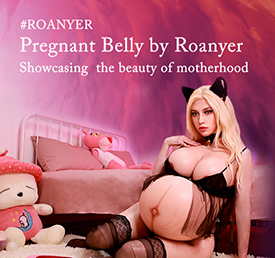
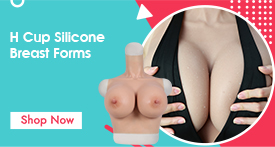
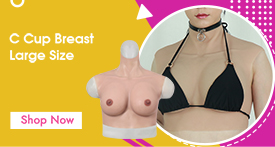
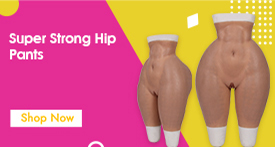
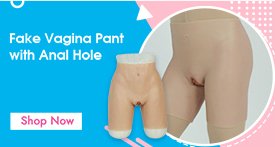

 Breast Forms
Breast Forms  Body Suit
Body Suit  Realistic Mask
Realistic Mask  Femini Girdle
Femini Girdle Hip & Butt Enhancement (8)
Hip & Butt Enhancement (8) Penis Prosthesis
Penis Prosthesis Fake Muscle
Fake Muscle Bikini
Bikini  Wig
Wig  Corsets
Corsets Course
Course service@roanyer.com
service@roanyer.com +8618652200711
+8618652200711 Facebook
Facebook YouTube
YouTube Twitter
Twitter Instagram
Instagram




